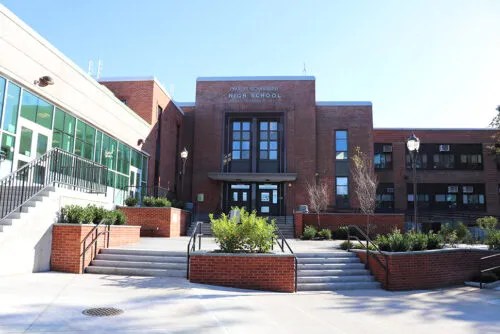
The American economy added 80,000 jobs in October, and job growth in the two previous months was much stronger than first thought, an encouraging sign as the nation searches for a way out of the jobs crisis.
The unemployment rate dropped to 9 percent from 9.1 percent, the first time it has fallen since July, the government said Friday.
“Those are pretty good signs,” said Michael Hanson, senior economist at Bank of America Merrill Lynch. “We’re hanging in there.”
Economists surveyed by FactSet, a provider of financial data, had expected a gain of 100,000 jobs. It takes a gain of about 125,000 jobs a month to keep up with population growth, more to bring down the unemployment rate.
The private sector added 104,000 jobs for the month.
The overall jobs figure was the smallest in four months. Still, there were smaller, more encouraging signs in the government’s monthly snapshot of unemployment, one of the most closely watched economic reports.
The Labor Department said the economy added 102,000 more jobs in August and September than first thought. And the ranks of the long-term unemployed, people out of a job for at least six months, fell sharply to 5.9 million.
Hiring last month was broad. Professional and business services, which includes the accounting, engineering, and temporary help industries, added 32,000 jobs. Hotels, restaurants, and entertainment companies added 22,000. Health care added 12,000.
The construction sector cut 20,000 jobs for the month, the most since January. That industry is examined closely because a pickup in the housing market could add force to the economic recovery.
The number of discouraged workers — those who have given up looking for work and are no longer counted as unemployed, fell. And fewer people with part-time jobs were looking for full-time work.
The economy grew at an annual rate of 2.5 percent in July, August and September, its best performance in a year. In the first half of this year, the economy expanded at the slowest pace since the Great Recession ended in June 2009.
The stronger economy over the summer was powered by consumer spending, which grew three times as fast as it had this spring. Americans spent more even in the face of fears of a new recession and wild gyrations in the stock market.
Still, companies appear to be waiting for customer demand to pick up even more before they hire again in great numbers. They learned during and after the recession to live with fewer employees.
Worker productivity rose from July through September by the most in a year and a half. More productivity is usually good because companies pay workers more without raising prices. But workers generally are not getting raises this time.
The Federal Reserve this week lowered its forecast from economic growth to 1.7 percent for this year, down from a forecast of 2.7 percent issued over the summer. It also says unemployment will not come down substantially through the end of 2012.
Federal Reserve Chairman Ben Bernanke said Wednesday that growth is likely to be “frustratingly slow.” The unemployment rate has hovered around 9 percent for more than two years.
The economy has absorbed a series of body blows this year.
In the spring, the devastating earthquake and tsunami that struck Japan disrupted supplies of cars and other products. The price of gas rose to a national average of almost $4 a gallon.
Then this summer, Washington was seized by gridlock over whether to raise the borrowing limit for the federal government and how best to tackle the nation’s long-term debt problem.
More recently, economists have fretted over a debt crisis in Europe. That continent buys 20 percent of American exports, so a slowdown there would take a bite out of the U.S. economy, too.
The Greek prime minister this week called for a surprise popular vote on a European plan to bail out the debt-addled Greek economy. He later backed down, but even if Greece is stabilized, other European economies are weighed down by debt.
Copyright 2011 The Associated Press.



































